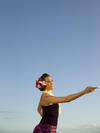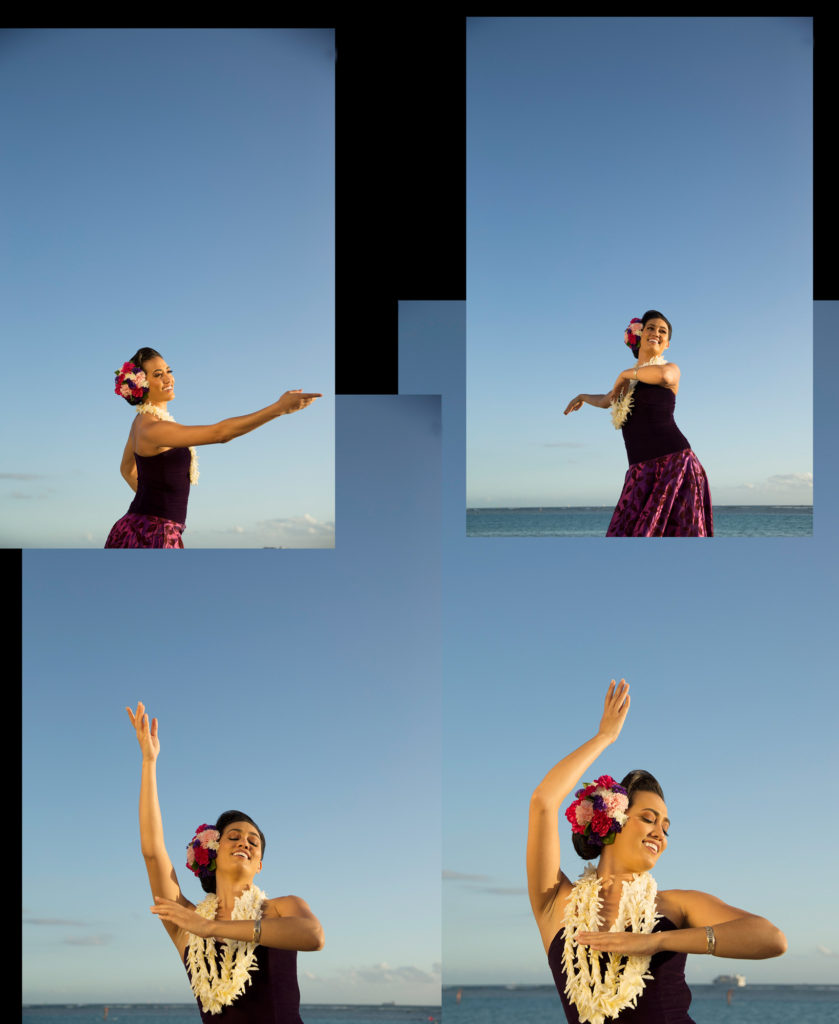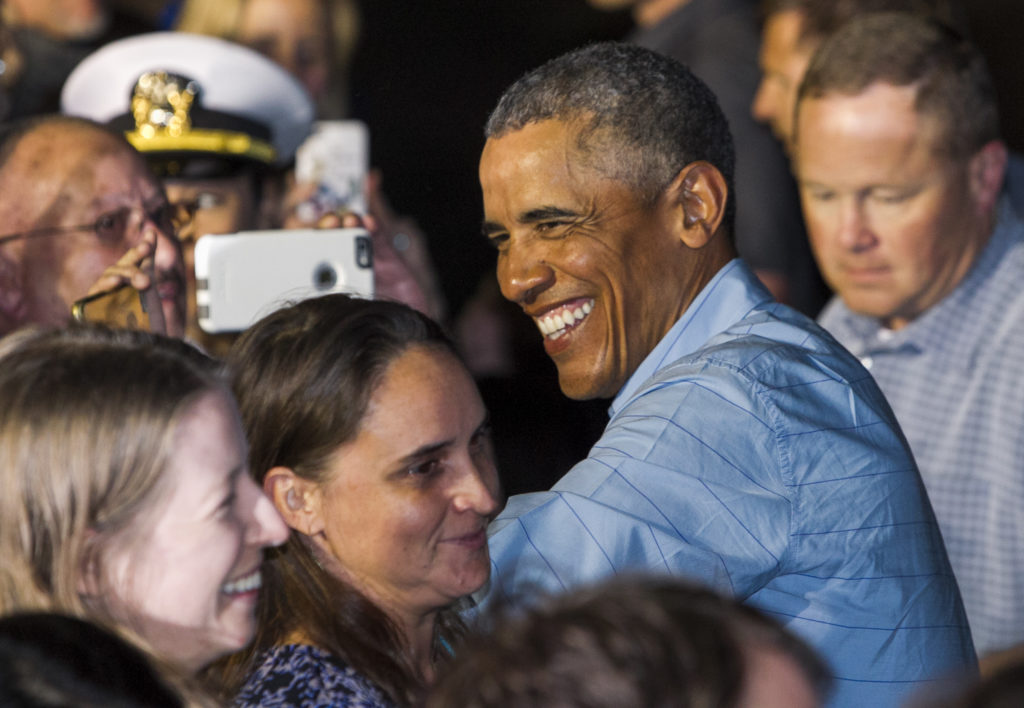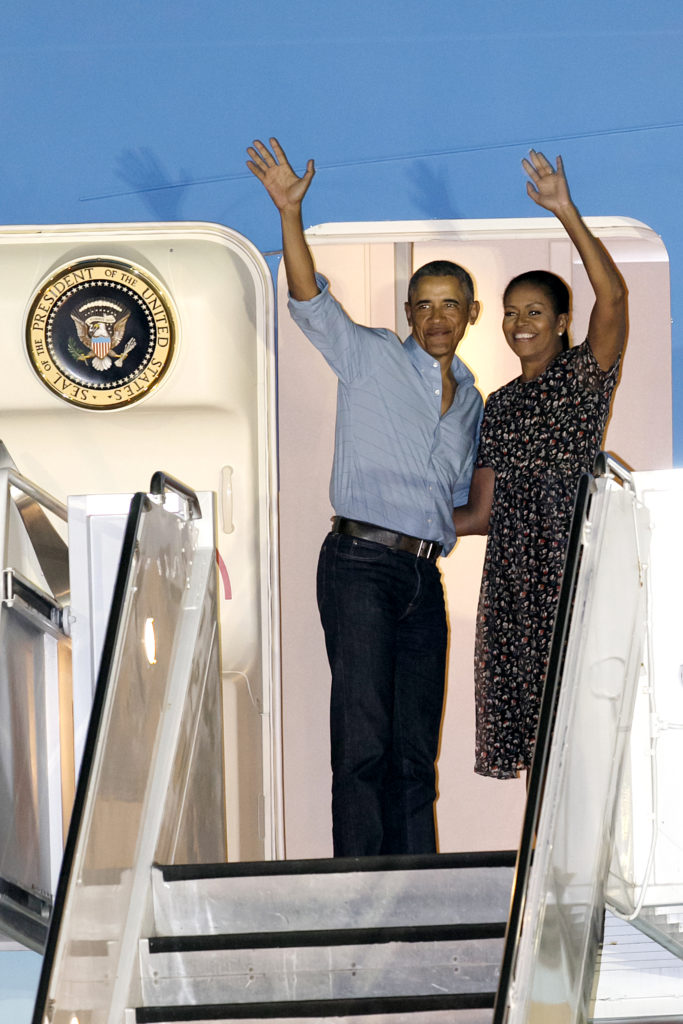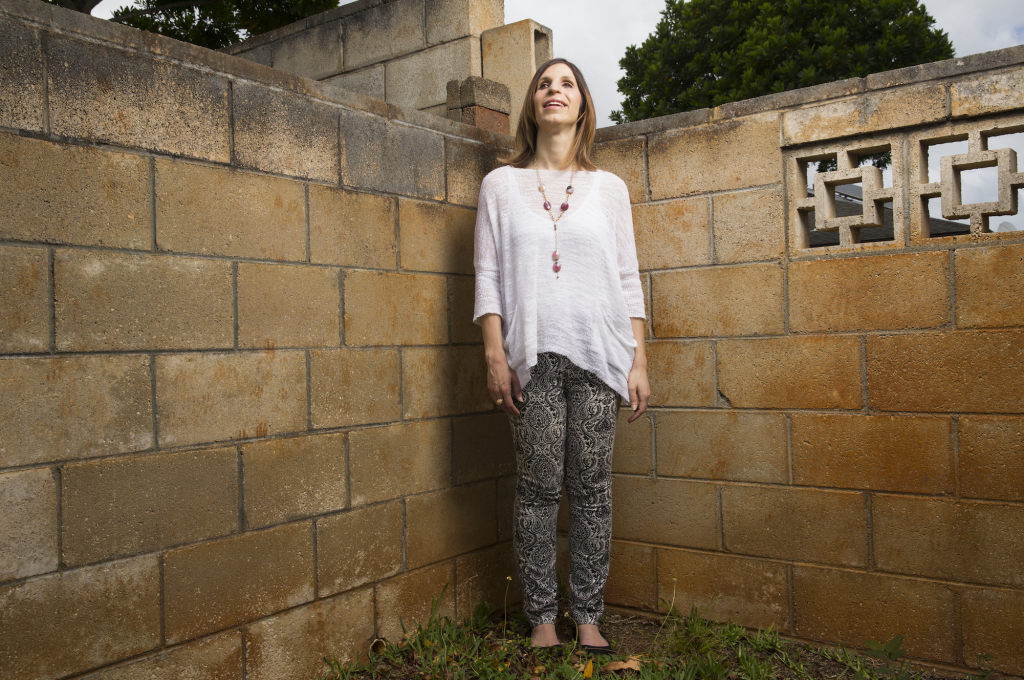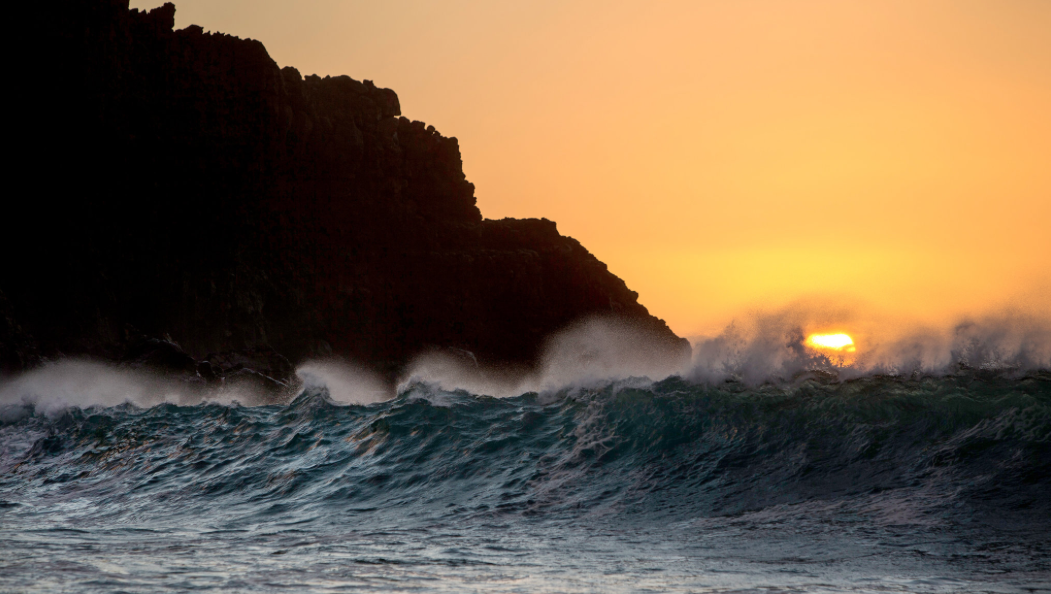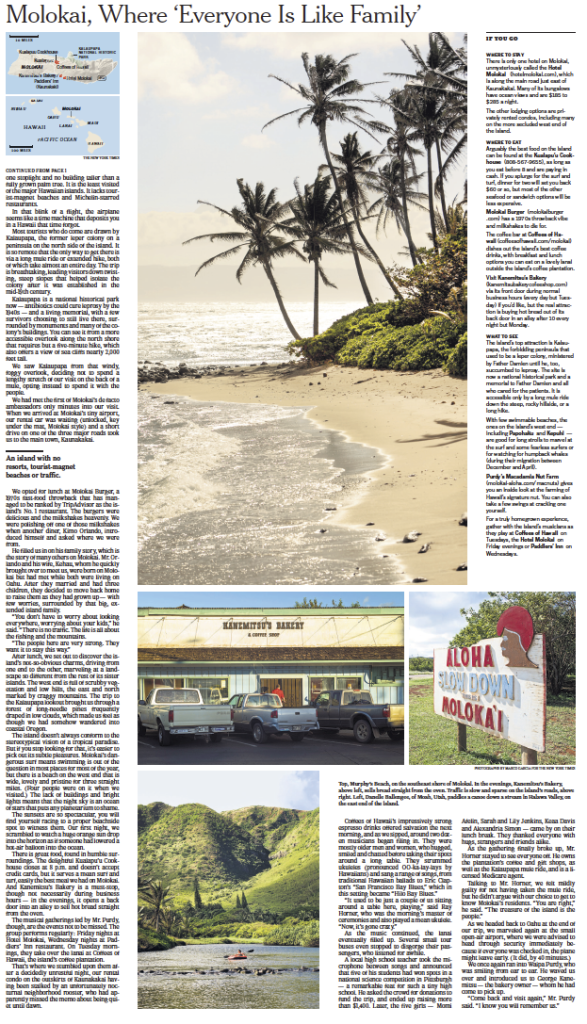
Last April, the New York Times had me document a controversial issue on Kauai. eBay founder Pierre Omidyar’s proposal to create a small dairy farm near Poipu, Kauai has made many sour in the nearby community. I traveled to area to photograph the area, meet supporters and photographing opponents. I also got to fly in a helicopter over the land where the proposed dairy would sit.
Kauai has a history of fighting development fearing their already shrinking tropical paradise will disappear. While many locals welcome jobs and the opportunities development brings, many newer arrivals to the Island fight tooth and nail to protect their newly purchased slice of heaven.
The controversy over the dairy stems from opponents fearing environmental damage from pollution and the environmental impact on tourist in the region. Along with many other resorts and hotels, the Grand Hyatt sits not far from the farm area in Poipu and they fear smells and other issues will affect their high paying guests.
The Ulupono Initiative, Omidyar’s local investment firm, strives to create a more self-reliant Hawaii and a local dairy farm would likely bring Kauai’s infamously high milk prices down. However, opponents argue the gains do not outweigh the losses.
Past industrial farming has wreaked havoc on Hawaii as plantations once diverted streams to their sugar cane and pineapple fields and waste has polluted once fertile land. While many initiatives and technologies has improved farming overall, fears still exist over new farming projects. A recent dairy farm on the Big Island was accused of illegally discharging animal waste polluting local water sources and this didn’t help Ulupono’s case for a new farm on Kauai.
While Ulupono are making great technological strides to protect the land and limit pollution, its not enough for some residents and lawsuits have been filed to stop the dairy from getting started.
While I was there, I met with a few of opponents who took me to Maha’ulepu Beach claiming the dairy’s waste would damage the pristine area. Its the same beach I photographed from the helicopter that ran big on the front page of the business section.
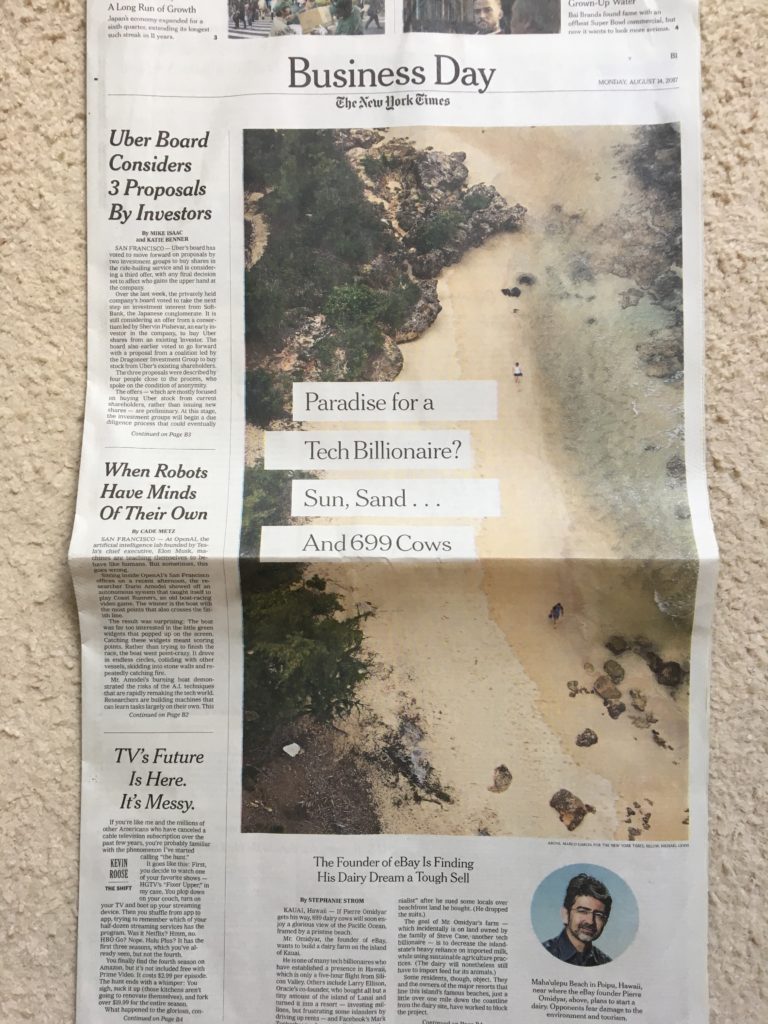
At the mouth of the stream that feeds into the ocean, I clearly could smell something foul in the run off. They said it was raw sewage flowing down from the above farm areas and little was being done to control the pollution. Warning signs were posted around the stream stating to keep out of the water.
While the bad smells at the stream startled me, Hawaii’s future must create more sustainability. We must be more independent and depend less on the monopolies that control the shipping of goods to and from the Islands. The dairy farm is taking great strides to protect the environment and to keep the land in farming hands means it has less chance to be turned into homes by developers.
I believe Hawaii’s future is to be self reliant but at what costs? If we allow a few to control the future of Hawaii because they fear bad smells, we will continue to be at the mercy of outsiders. But we must ensure a new farm won’t pollute the environment. While fresh milk won’t lower the cost of gasoline or other goods, it is a good start for a brighter future. But we can’t allow sustainability to turn into sour milk.
The NYT article can be found here.
